How does a railway excavator ballast plow differ from other types of ballast maintenance equipment?
A railway excavator ballast plow stands out distinctly from other types of ballast maintenance equipment through its specialized design and operational capabilities. Unlike conventional tampers or ballast regulators that typically operate as standalone machines, the excavator ballast plow functions as an attachment system mounted on excavator arms, offering unparalleled versatility in railway maintenance operations. This fundamental difference allows maintenance crews to leverage existing excavator equipment for ballast management, significantly reducing equipment costs while maintaining operational efficiency. The excavator ballast plow excels in precision work, particularly in confined spaces where traditional ballast maintenance equipment struggles to operate effectively. Its hydraulic system enables operators to adjust the blade position with remarkable accuracy, ensuring precise ballast profiling without disturbing the track structure. Traditional equipment often requires long setup times and specialized operators, while excavator-mounted ballast plows can be deployed rapidly and operated by personnel already familiar with excavator controls, making them an exceptionally efficient solution for railway maintenance operations where mobility and adaptability are paramount.
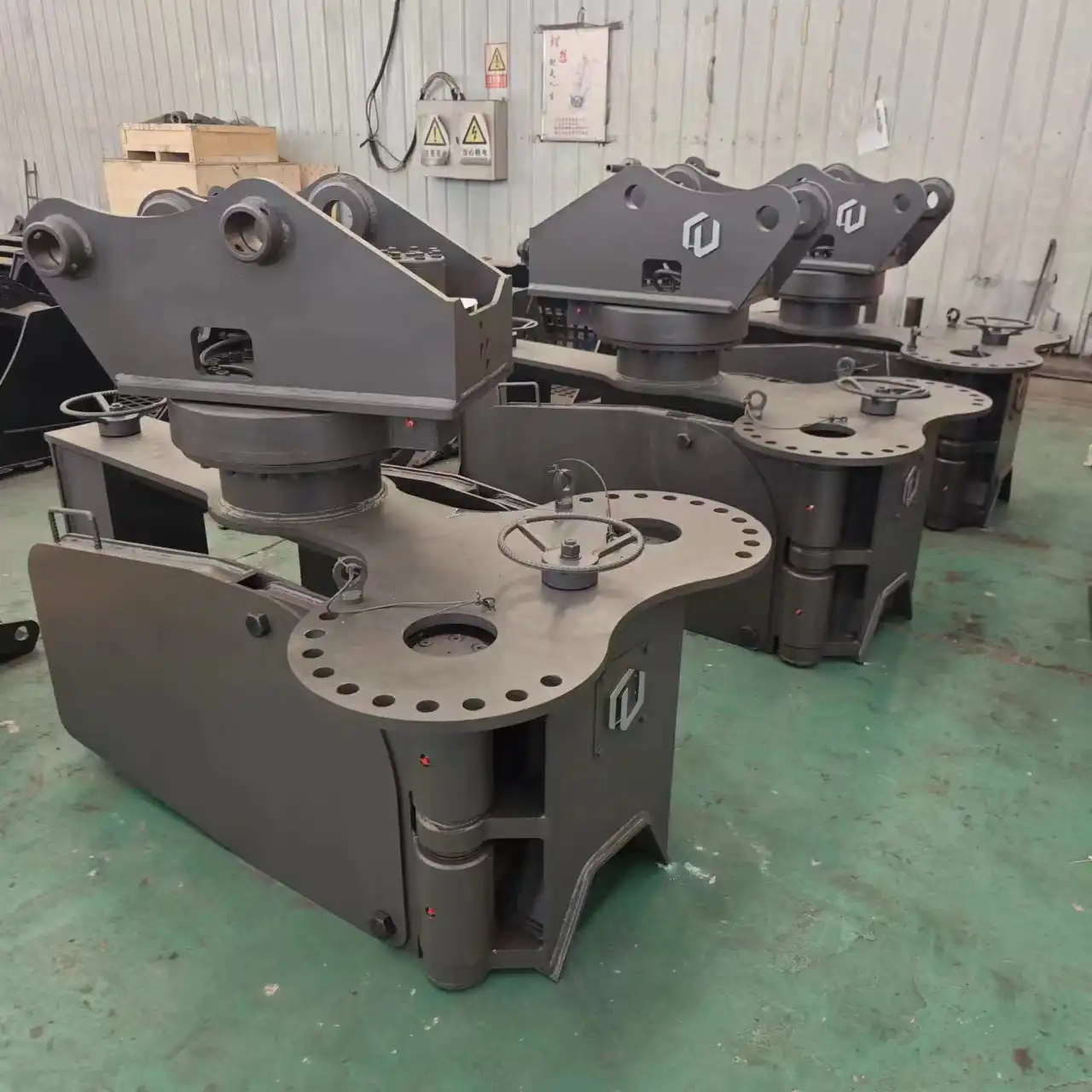
Structure
Adaptive Mounting System
The railway excavator ballast plow features a sophisticated mounting system designed specifically for attachment to standard excavator arms. This system typically includes reinforced connection points, hydraulic quick-connect fittings, and adaptive interfaces that ensure compatibility across various excavator models. The mounting framework incorporates stress-distribution architecture that effectively transfers operational forces throughout the attachment rather than concentrating stress at connection points. This design approach significantly extends the service life of both the plow attachment and the host excavator. Unlike fixed ballast maintenance equipment, the adaptive mounting allows the plow to be attached or detached within minutes, transforming standard construction equipment into specialized railway maintenance machinery without permanent modifications.
Blade Configuration Variations
The blade systems of excavator ballast plows exhibit considerable variation to address specific operational requirements. Most advanced models feature dual-action blades with both pushing and pulling capabilities, enabling bidirectional ballast management. The blade profiles incorporate specialized geometries with precise angles calculated to achieve optimal ballast movement patterns while minimizing track disturbance. Premium models often integrate modular blade segments that can be reconfigured or replaced individually, reducing maintenance costs and operational downtime. This adaptability contrasts sharply with traditional ballast maintenance equipment, which typically features fixed blade configurations designed for specific operational parameters. The variable blade design allows railway maintenance teams to customize their approach based on ballast conditions, track geometry, and project requirements.
Hydraulic Control Architecture
The hydraulic control system represents a defining element in the structure of modern excavator ballast plows. These systems feature precision-engineered cylinders with position-sensing technology that provides operators with real-time feedback regarding blade position and pressure. Advanced models incorporate multi-circuit hydraulic systems that enable independent control of different plow components, allowing operators to simultaneously adjust blade height, angle, and pressure. The hydraulic architecture includes pressure-compensated flow control valves that automatically adjust oil flow rates based on resistance, ensuring consistent performance regardless of ballast density or compaction levels. This sophisticated hydraulic integration far exceeds the capabilities of mechanical ballast maintenance equipment, delivering precision control that dramatically improves both efficiency and track protection during maintenance operations.
Working Principle

Dynamic Ballast Redistribution Mechanism
The railway excavator ballast plow operates on fundamentally different principles compared to conventional ballast maintenance equipment. While traditional regulators primarily push ballast horizontally, excavator plows implement a multi-directional redistribution approach. As the excavator positions the plow alongside the track, the hydraulically controlled blade engages the ballast material through a combination of vertical and horizontal forces. This dynamic engagement allows operators to simultaneously lift, shift, and profile ballast material in a single pass. The plow design incorporates calculated blade angles that generate a rolling motion in the ballast material, encouraging natural settlement patterns that enhance track stability. This working principle differs significantly from vibration-dependent equipment that can potentially destabilize surrounding track sections or disturb underlying formations.
Selective Material Management System
The excavator ballast plow implements a selective approach to material management that distinguishes it from bulk ballast handling equipment. The blade configuration allows operators to target specific ballast irregularities without disturbing properly profiled sections. This discriminating approach minimizes unnecessary ballast displacement, preserving the natural compaction and settlement that contributes to track stability. Advanced plows incorporate specialized blade edges that can effectively separate contaminated ballast from clean material, allowing for more efficient maintenance practices. This selective principle represents a significant departure from total-replacement ballast cleaning systems that process entire track sections regardless of condition. The ability to address only problematic areas makes excavator ballast plows particularly valuable for preventive maintenance programs and emergency repairs where minimizing track disturbance is essential.
Functions

Efficient Shoulder Profiling
A primary function of the railway excavator ballast plow involves precise shoulder profiling—a critical maintenance task that directly impacts track drainage and stability. The excavator-mounted plow can efficiently reshape ballast shoulders to specified dimensions and angles, ensuring proper water runoff while maintaining adequate lateral support for the track structure. Unlike stationary ballast regulators with fixed working widths, the excavator plow can adjust its reach to accommodate varying shoulder requirements or track spacing constraints. This adaptability allows maintenance crews to establish consistent ballast profiles even in sections with irregular right-of-way boundaries or adjacent infrastructure limitations. The combination of visual operator guidance and precise hydraulic control enables the creation of uniform shoulder profiles that optimize both track performance and maintenance intervals.
Intertrack Ballast Management
Managing ballast between parallel tracks presents unique challenges that excavator ballast plows address with exceptional effectiveness. The extended reach and articulated movement capabilities of excavator arms allow these plows to access intertrack spaces that remain inaccessible to larger ballast maintenance vehicles. Operators can precisely control ballast distribution between tracks without occupying either line, significantly reducing operational disruptions during maintenance. This function proves particularly valuable in busy rail corridors where track possession windows remain severely limited. The excavator plow can perform targeted ballast redistribution between tracks without disturbing the track structure, maintaining proper elevation relationships while ensuring adequate drainage across the entire right-of-way. This specialized capability generally exceeds the operational parameters of conventional ballast maintenance equipment designed primarily for single-track operations.
Emergency Ballast Restoration
When track stability becomes compromised due to erosion, washouts, or settlement issues, excavator ballast plows provide rapid response capabilities that dedicated ballast maintenance equipment cannot match. The excavator-mounted system can be quickly transported to remote locations using standard equipment trailers, accessing sites where specialized rail vehicles cannot reach due to track damage or clearance issues. Operators can implement immediate ballast restoration measures to stabilize compromised track sections, preventing further degradation while preparing for permanent repairs. The precision control enables careful ballast placement around sensitive track components, maintaining critical alignments even during emergency operations. This rapid-deployment function represents a significant operational advantage over specialized ballast maintenance equipment that requires rail access and extensive setup procedures, particularly in emergency scenarios where time-critical response directly impacts both safety and service restoration timelines.
FAQ
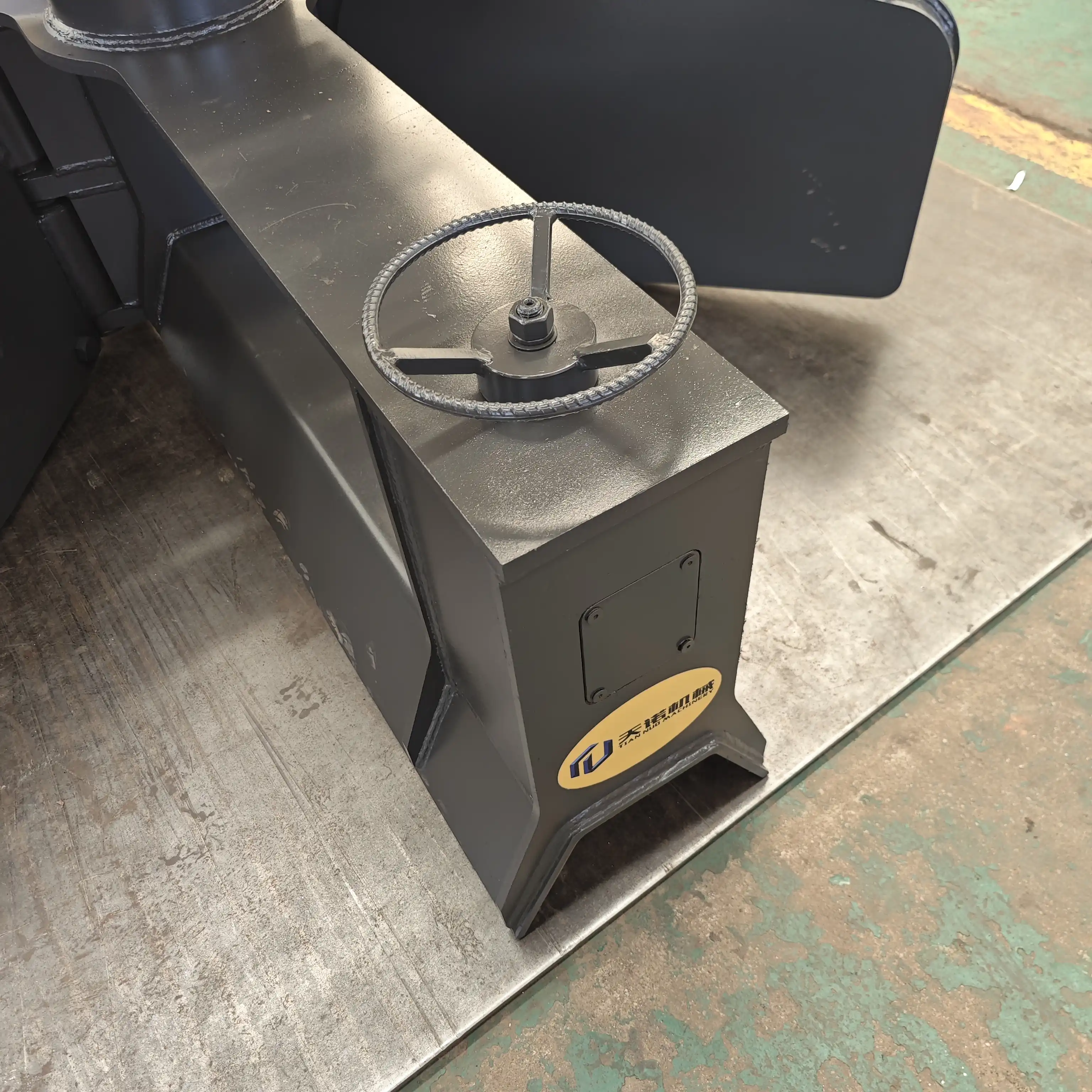
1. What maintenance requirements do railway excavator ballast plows have compared to dedicated ballast equipment?
Excavator ballast plows typically require less specialized maintenance than dedicated ballast equipment, primarily focusing on hydraulic system integrity, blade wear monitoring, and connection point inspection. While dedicated ballast machinery involves complex drive systems, specialized controls, and rail guidance mechanisms requiring expert technicians, excavator attachments leverage the host machine's existing maintenance protocols. Replacing worn blades on excavator plows generally takes hours rather than days, significantly reducing operational downtime compared to major component replacement on dedicated equipment.
2 . Can railway excavator ballast plows work effectively in areas with limited clearance?
Yes, excavator ballast plows excel in limited clearance environments where traditional ballast maintenance equipment cannot operate effectively. The articulated arm design allows precise positioning in confined spaces, including tunnels, bridges, and areas with adjacent structures. Unlike fixed-dimension ballast regulators, excavator plows can adjust their working envelope to accommodate site-specific constraints while maintaining operational effectiveness.
3 . What factor most significantly impacts the operational life of excavator ballast plows?
Blade system quality and maintenance practices most significantly impact operational life. Premium plows featuring hardened steel blades with replaceable cutting edges typically deliver substantially longer service intervals. Proper hydraulic system maintenance, including regular filter replacement and fluid analysis, prevents premature component failure. With appropriate maintenance protocols, quality excavator ballast plows generally provide operational service exceeding 10,000 working hours before requiring major refurbishment.
Ballast Plow for Excavator
Looking for a reliable and efficient solution to clear and shape ballast between tracks and alongside rails? Look no further than Tiannuo's ballast plow. Designed for 7-15 ton excavators, this versatile tool features a maximum width of 2814 mm and a maximum height of 1096 mm. Its adjustable working angle and 360° rotation angle ensure optimal performance in various working conditions. Made from high-strength alloy plate and operated hydraulically, it's built to last. If you're interested in learning more or placing an order, don't hesitate to get in touch with our team. Reach out to our team manager at arm@stnd-machinery.com or contact our other team members at rich@stnd-machinery.com and tn@stnd-machinery.com. Let's work together to keep your tracks in top condition.
References
Railway Maintenance Equipment Association. (2023). "Comprehensive Guide to Modern Track Maintenance Equipment."
Thompson, R. & Williams, J. (2023). "Comparative Analysis of Ballast Maintenance Technologies in Heavy Rail Applications."
International Railway Journal. (2024). "Advancements in Excavator-Based Maintenance Solutions for Railway Infrastructure."
Zhang, H. (2023). "Operational Efficiency Comparison Between Traditional and Excavator-Mounted Ballast Maintenance Equipment."
European Rail Infrastructure Managers Association. (2024). "Best Practices in Ballast Profile Management for Track Stability Enhancement."
Institute of Railway Engineering. (2023). "Impact of Maintenance Equipment Selection on Track Quality and Service Life."
About Author: Arm
Arm is a leading expert in the field of specialized construction and railway maintenance equipment, working at Tiannuo Company. Tiannuo specializes in manufacturing a wide range of products, including railway maintenance equipment like railway sleeper changing machines and screening machines, excavator modification equipment such as excavator lifting cabs, various engineering arms for excavators, excavator accessories like digging buckets, and engineering vehicle auxiliary equipment like loader buckets.
YOU MAY LIKE
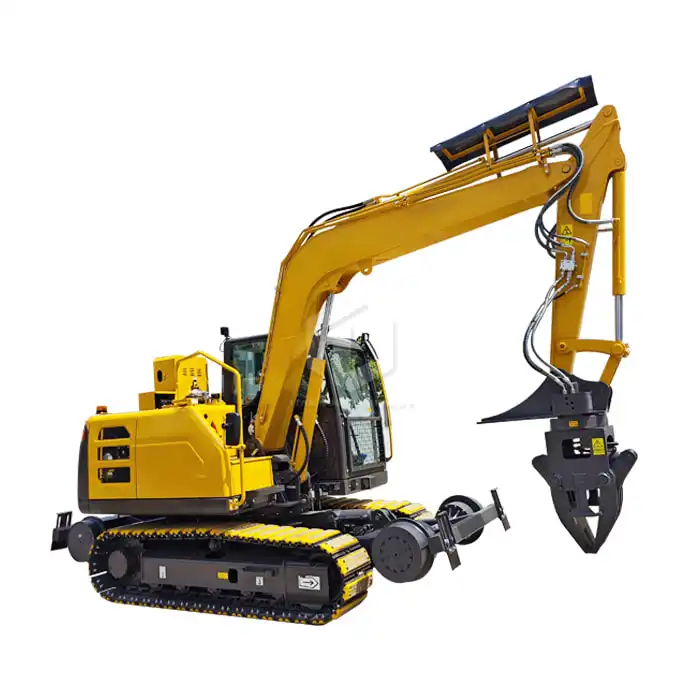 VIEW MORERailway Sleeper Changer
VIEW MORERailway Sleeper Changer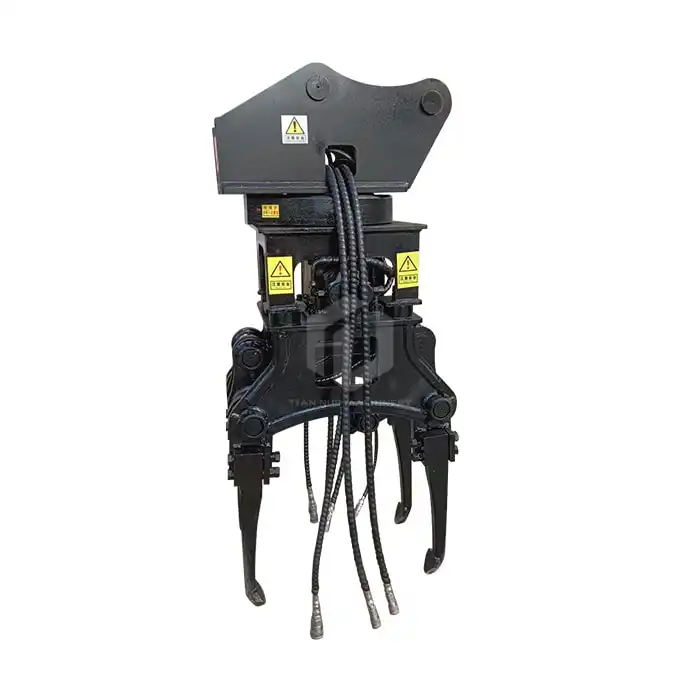 VIEW MOREHigh-vibration hydraulic ballast tamping machine
VIEW MOREHigh-vibration hydraulic ballast tamping machine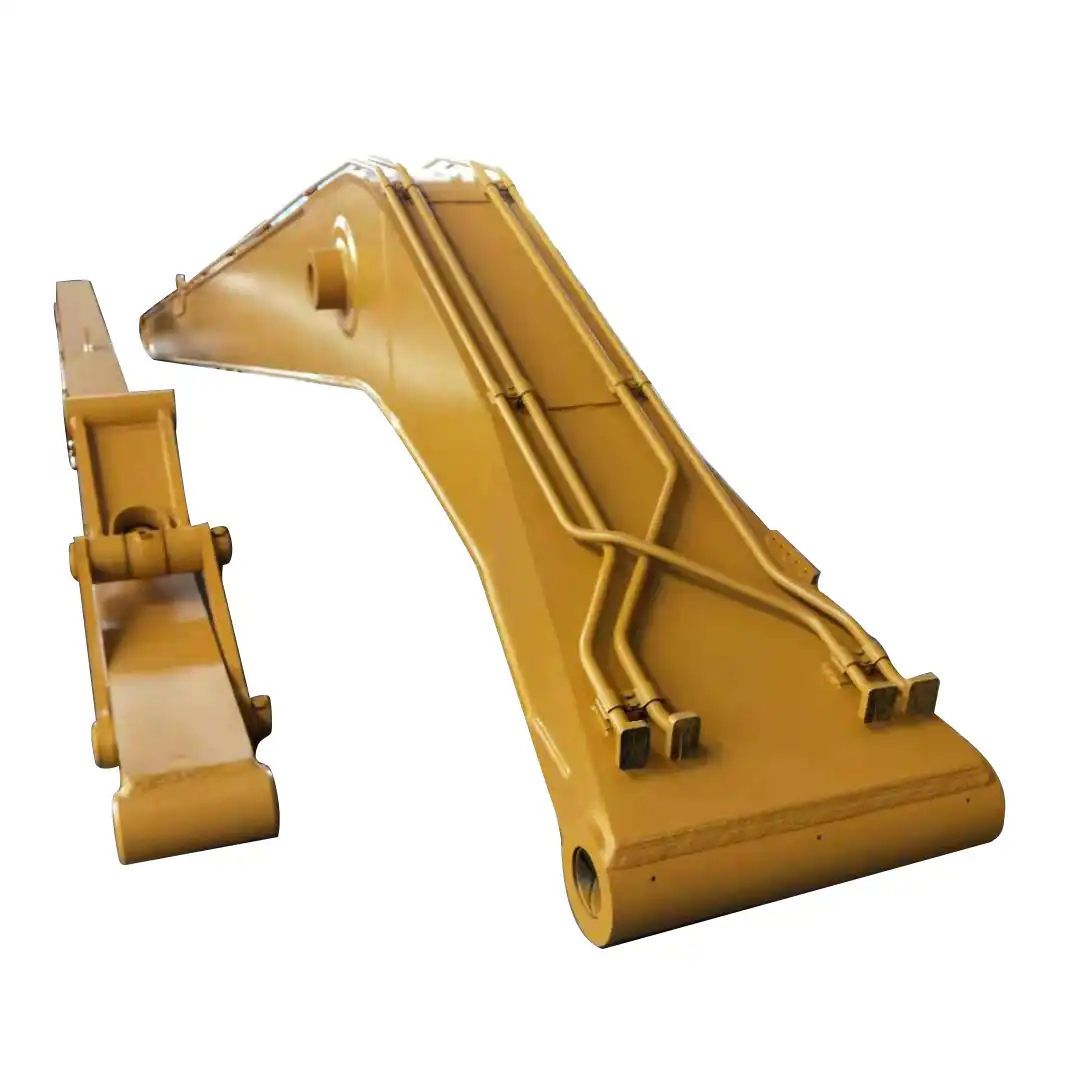 VIEW MORELong arm excavator for sale
VIEW MORELong arm excavator for sale VIEW MORERailway excavator dustpan bucket
VIEW MORERailway excavator dustpan bucket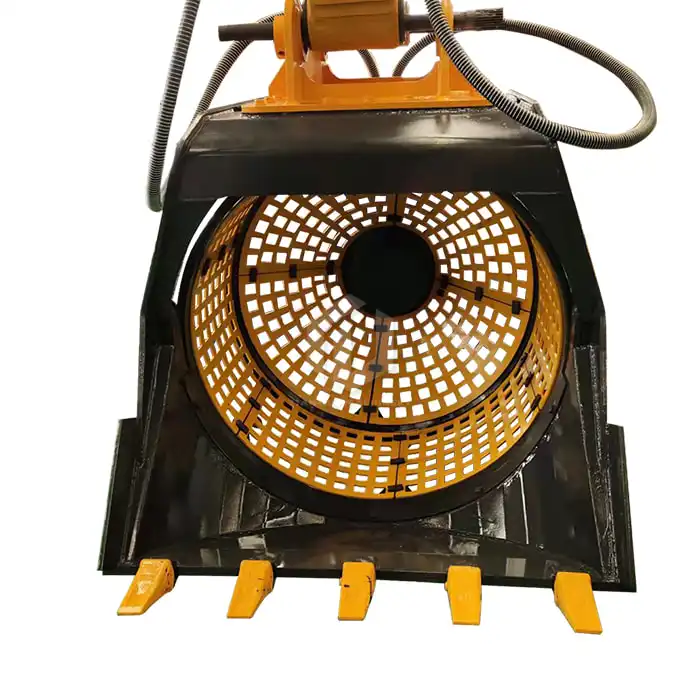 VIEW MOREExcavator Rotary Screening Bucket
VIEW MOREExcavator Rotary Screening Bucket VIEW MOREExcavator High Frequency Screening Bucket
VIEW MOREExcavator High Frequency Screening Bucket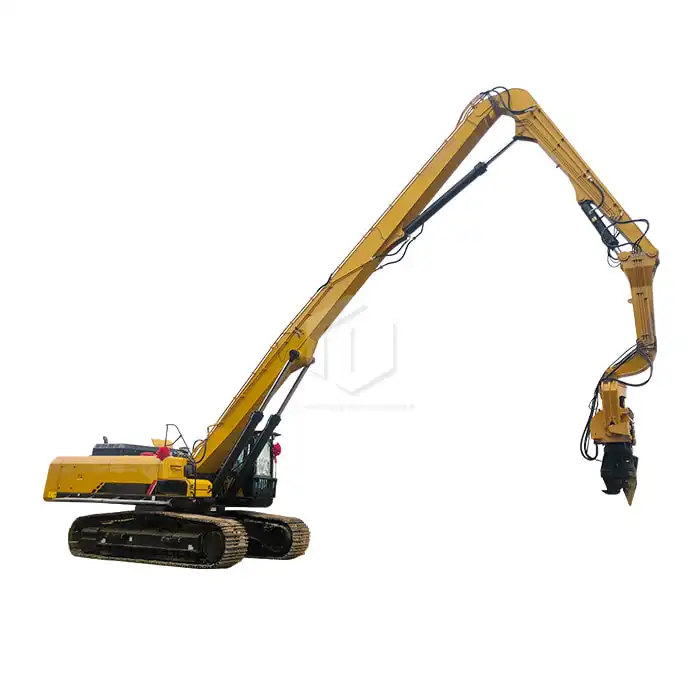 VIEW MOREExcavator Piling Boom
VIEW MOREExcavator Piling Boom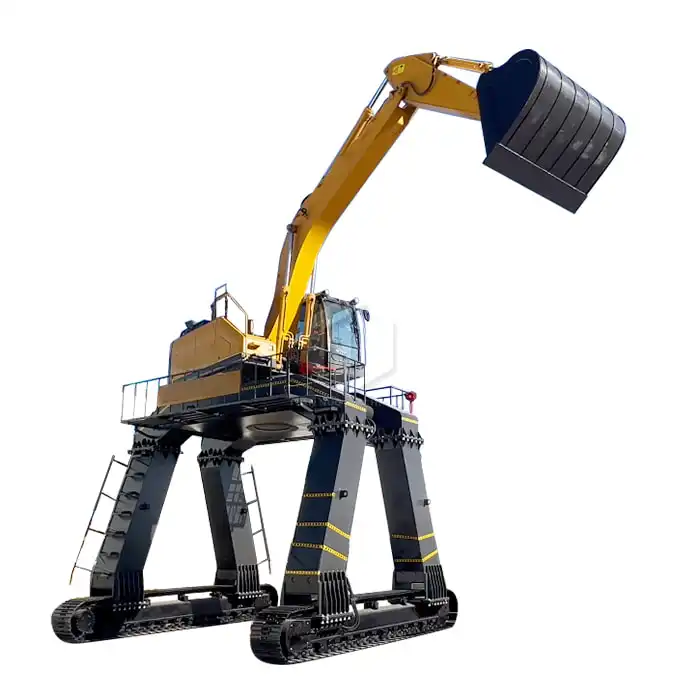 VIEW MOREUnloading Train Excavator Long Legs
VIEW MOREUnloading Train Excavator Long Legs

